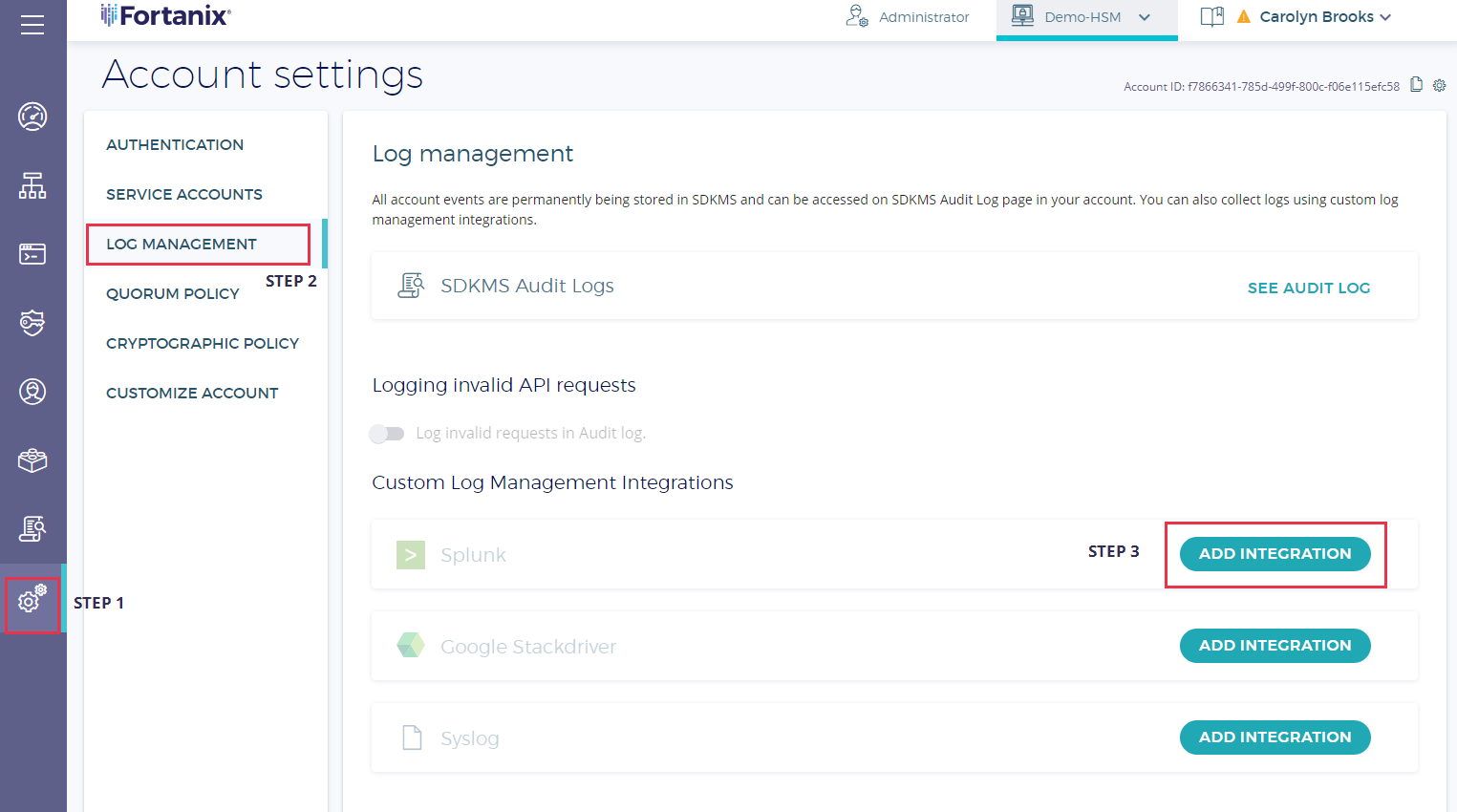

- Quickbuild splunk logging how to#
- Quickbuild splunk logging Pc#
- Quickbuild splunk logging license#
- Quickbuild splunk logging download#

Mainstream means lots of opportunities for valueĪnother neat thing about Splunk is it’s mainstream. I’ll give you more details about that in a future blog post, so keep an eye out. Not only are you able to ingest all of your logs in a central location, but you can normalize all of the data so it’s easier to search and work with the data. This is one thing that Splunk does well: it helps you work smarter. No? Too tedious? I’ve always liked the saying “work smarter, not harder.” You want to stay busy and work through issues at a per-device level. Why would anyone want to ingest data? If I run into issues, I can just look at the logs from the device itself, right? While true, it would be easier to view the logs in a centralized location. Splunk is a powerful application that can ingest and index data. In this post, I will be sharing some of my insider insight as a Splunk Implementation Engineer to help you better understand what Splunk is, why it’s valuable, and the different ways you can connect with the community if you want to learn even more about it. Wouldn’t it be neat to have the logs of “ALL THE THINGS” in one place? Well, that’s where Splunk comes in. Imagine an organization with workstations, servers, POS systems, network appliances, and IOT devices. As you may already know, you can ingest all your logs in a centralized location with Splunk. $ tar -xvzf splunkforwarder-6.5.1-f74036626f0c-Linux-x86_64.tgzģ.2.2: – Add the logs in Splunk Forwarder $ vim /opt/splunkforwarder/etc/system/local/inputs.Almost all devices have logs.
Quickbuild splunk logging download#
Open browser and type to access Splunk web console.ģ.2.1: Download and install Splunk Forwarder $ cd /opt Port 9997 is default and it can be changed $ /opt/splunk/bin/splunk enable listen 9997 $ tar -xvzf splunk-6.5.1-f74036626f0c-Linux-x86_64.tgzģ.1.2: Enable the receiving port to get logs from Splunk Forwarder. Splunk Forwarder is used to collect the machine generated data from client side and forward to Splunk server.ģ.1.1: Download and install Splunk $ cd /opt
Quickbuild splunk logging how to#
It also offers additional capabilities to support higer data volumes including alerting, role-based security, single sign-on, scheduled PDF delivery, clustering, premium Splunk apps, etc.ģ) How to setup Splunk for your infrastructure?
Quickbuild splunk logging license#
Quickbuild splunk logging Pc#
Uploads and indexes log data from a local PC to Splunk directly.Does not require other dependent services (like database).

Works like a monitoring, reporting and analysis tool and provides insights.

Provides quick results by reducing the time to troubleshoot and resolve issues.Provides enhanced GUI and real-time visibility in dashboard in various formats.Generates report and alerts for the desired search.Finds real-time logs and with faster speed.Analyzes the aggregate of logs from a big service cluster.Splunk is centralized logs analysis tool for machine generated data, unstructured/structured and complex multi-line data which provides the following features such as Easy Search/Navigate, Real-Time Visibility, Historical Analytics, Reports, Alerts, Dashboards and Visualization.ġ) Advantages of Splunk and why to use it ? Some of the great features of a centralized logging system are its low-cost maintenance, easy logs searching, graphical UI etc. Having a centralized logging system makes life easy for developers especially when there is a need to troubleshoot the application, detect issues, secure the application due to unexpected hits on services or review the performance of the application, etc. Logs are used for various purposes such as IT operations, system and application monitoring, business analytics, security and compliance and much more. Everyone knows that logs play an important role in the IT industry.


 0 kommentar(er)
0 kommentar(er)
